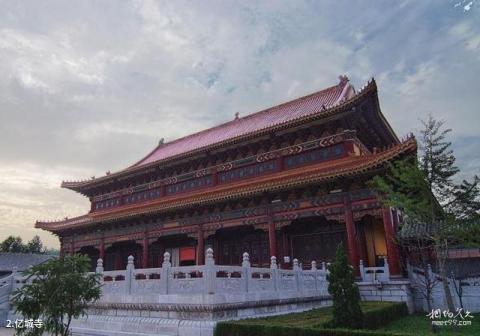
Introduction to Yicheng Temple: After the famous military strategist Sun Bin of the Warring States Period resigned in his later years and lived in seclusion in his hometown, he continued to study the art of war and write military books. The King of Qi thought of his great achievements and often sent civil and military ministers to visit him. In order to solve the problem of food and accommodation for these ministers, A post city was built here. After Sun Bin died, he was buried in front of Yicheng, which was later renamed Yicheng. During the Taihe period of the Northern Wei Dynasty, Bodhidharma, the founder of Zen Buddhism, preached to the Central Plains and visited this historic site. Seeing the beautiful mountains, green waters and outstanding people, he ordered his disciples to build a temple and named it "Yicheng Temple". Later, it was renamed "Yi Cheng Temple". "City Temple" means "quiet". Next to the temple are the tombs of Yangjiao Ai, Zuo Botao and Jing Ke, the martyrs of the Spring and Autumn Period. They are named after the martyrs, so they are also called "Yicheng Temple".
In its heyday, Yicheng Temple had "more than a thousand monks and more than ten thousand Buddha statues." At that time, many temple abbots were sent from this temple, making it one of the birthplaces of Chinese Buddhist culture. According to the "Inscription on the Reconstruction of Yicheng Temple" in the 37th year of Jiajing's reign in the Ming Dynasty (1558), the temple covers an area of 400 acres and has five main halls, including the Great Buddha Hall, the Sutra Pavilion, the Patriarch Hall, the Jialan Hall, and the Four Heavenly Kings Hall. There are more than 10,000 Buddha statues and more than 1,000 monks. It was rebuilt again in 1929. The temple was demolished during the land reform in 1946, and now only its ruins remain.
